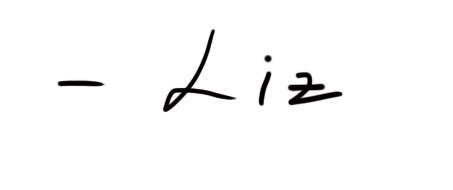Is an artwork complete if nobody sees it?
May 09, 2022
A work of art is complete when in it the artist has realized his intention.
Rembrandt

Acrylic on panel, 12 x 12″
When is an artwork finished? Answering this question might be as futile as counting the number of angels on the head of a pin. Although I imagine there are artists who never ever waver, I suspect, like me, most artists struggle to various degrees on the way to declaring a work finished. For some artists a work is never physically finished; they tinker with it endlessly, even after it has been returned from a show. In an arrogant step beyond, at the 1832 Royal Academy show Turner declared Constable’s “Waterloo” incomplete by famously adding dabs of paint to to it. “He has been here and fired a gun!” Constable decried.
My paintings do not have to be seen or sold in order to be physically finished. It’s enough for me to have executed, or arrived at, a vision. But is the painting “complete”?
Loosing yourself/finding yourself: According to Leonardo, “The painter has the Universe in his mind and his hands.” Painting connects me to the vast inspiring playground that is our universe, where, among an endless array of fascinating things, I encounter those splendid and repulsive parts of myself.
In the process of creating “I” can disappear, replaced by blissful concentration and sheer wonderment. What happened? How did it happen? From where did it come?
I have lost track of the number of times I started a painting with a vision and inexplicably ended up with something different. I once painted 25 very different versions of a painting on top of each other and to this day do not consider it finished. (Was it the product of too much or too little vision?) At times the process of feeling my way to the end makes me want to crack a paintbrush over my thigh and yet it is exactly what I love most about my painting process. Discovery! Awe!
Generally I find my way to a suitable end. An audience does not determine for me whether a painting is physically finished. Until someone sees it, however I consider it spiritually incomplete, unchristened.

Oil on canvas,
Handing Off. Letting go—sending a piece from my painting wall out into the world—propels the vision it represents into an expanded and enhanced conversation. The painting is transformed from an object to a conversation with all those who see it without the bias of having created it.
Every work that finds an audience has a life of its own. If I’m lucky, the painting facilitates a long and evolving cycle of response, emotional and critical, over an expanse of time and space. Even one set of new eyes keeps that dialog alive.
Perhaps most importantly, once seen by an audience, the painting joins a glorious and venerated cultural tribe, a visual conversation that extends back thousands of years to the paintings of the Monte Castillo caves.
With an audience my painting is complete. My intention for it is fully realized.
Postscript
Studio Practices posts

Related
Comments are closed.